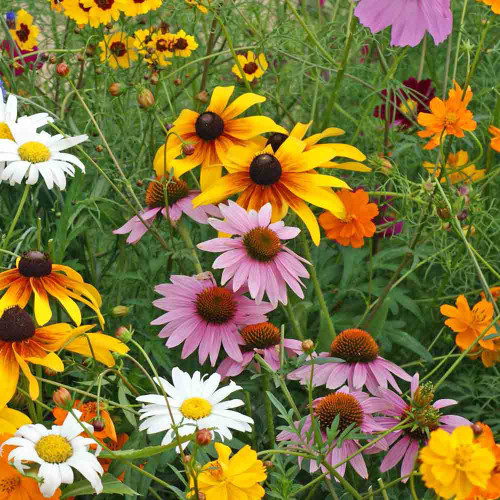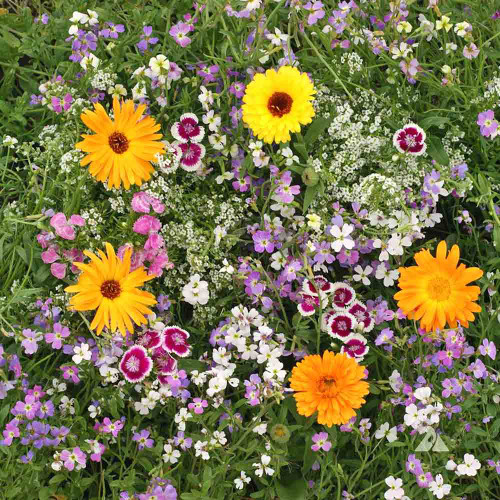Description
Monarch Butterfly Flower Mix
Our Monarch Butterfly Mix is essential in supporting the needs of these incredible butterflies – both with nectar sources to feed the adults and milkweed host plants for them to lay their eggs on. To be successful in attracting all butterflies, and especially Monarchs, to your garden you need a combination of both nectar and host plants, as both male and female butterflies have different needs with nectar but will often converge where there are host plants.
Monarchs utilize the milkweed species exclusively as host plants, as the caterpillar ingests the toxins in the milkweed, making itself poisonous to most predators. This is the only plant that provides for these needs.
Flower nectar provides both energy and re-hydration for butterflies. Most flower nectar is about 20% sucrose, a natural sugar, and 80% water, an important energy source of carbohydrates, supplying a complex range of sugars to keep the energy levels high. Butterflies “taste” through their feet when they land on a flower!
One seed packet will generously plant approximately 16 square feet – a 4x4 foot space.
What's in the mix
Common Name and Genus/Species
- Black-Eyed Susan (Rudbeckia hirta)
- Butterfly Milkweed (Asclepias tuberosa)
- Candytuft (Iberis umbellata)
- Dwarf Cosmos (Cosmos bipinnatus)
- Dwarf Godetia (Clarkia amoena)
- Gayfeather (Liatris spicata)
- Illinois Bundleflower (Desmanthus illinoensis)
- Indian Blanket (Gaillardia pulchella)
- Lance-Leaved Coreopsis (Coreopsis lanceolata)
- New England Aster (Aster novae-angliae)
- Pincushion Flower (Scabiosa atropurpurea)
- Purple Coneflower (Echinacea purpurea)
- Purple Prairie Clover (Dalea purpurea)
- Roundheaded Bush Clover (Lespedeza capitata)
- Shasta Daisy (Chrysanthemum maximum)
- Siberian Wallflower (Cheiranthus allionii)
- Sweet Alyssum (Lobularia maritima)
- Sweet William Pinks (Dianthus barbatus)
- Zinnia 'Dahlia Flowered Mix' (Zinnia elegans)
Growing Tip
The best times to plant is spring, early summer and fall.
Learn More
From the soil to the seed to the food you eat - we'll help you grow your best garden!











